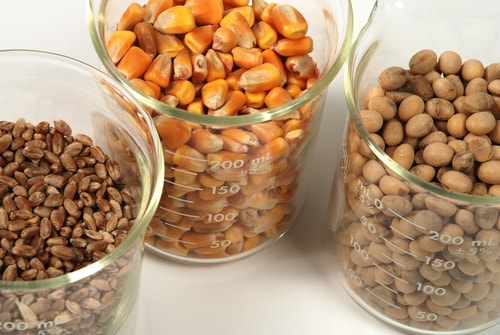Enrollment deadline is Wednesday, September 30th, 2015
By Diego Flammini, Farms.com
United States Department of Agriculture Secretary Tom Vilsack officially announced when the window for eligible farmers to enroll in Agriculture Risk Coverage (ARC) and Price Loss Coverage (PLC) for 2014 and 2015 will open.
The enrollment period will open on Wednesday, June 17th, 2015 and close on Wednesday, September 30th, 2015.
"The extensive outreach campaign conducted by USDA since the 2014 Farm Bill was enacted, along with extending deadlines, is central to achieving an expected high level of participation," said Vilsack. "We worked with universities to simplify these complex programs by providing online tools so producers could explore how program election options would affect their operation in different market conditions; these tools were presented to almost 3,000 organizations across the country.”
The programs provide financial protections for agricultural producers when there are substantial drops in crop prices or revenues. More than 1.76 million farmers have chosen ARC and PLC over receiving direct payments.
Currently, about 96% of soybean farms, 91% of corn farms and 66% of wheat farms have elected ARC.
The following commodities are eligible for ARC and PLC: barley, canola, large and small chickpeas, corn, crambe, flaxseed, grain sorghum, lentils, mustard seed, oats, peanuts, dry peas, rapeseed, long grain rice, medium grain rice, safflower seed, sesame, soybeans, sunflower seed and wheat.

Upland cotton is no longer an eligible commodity.
ARC and PLC coverage can vary by state, therefore farmers are encouraged to research the Farm Service Agency.
Tell us your thoughts about the ARC and PLC. Are they programs you would consider applying for?